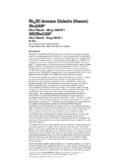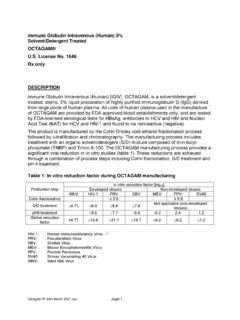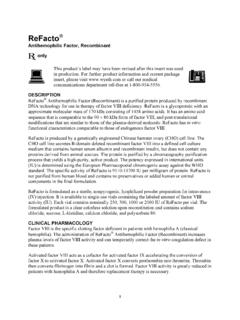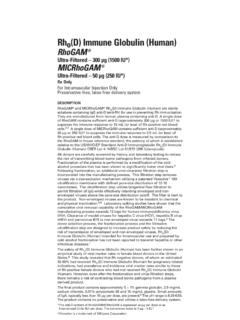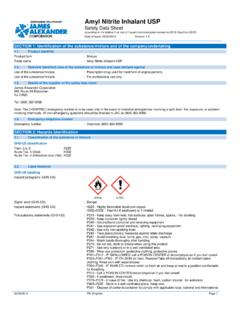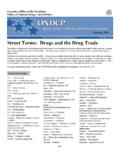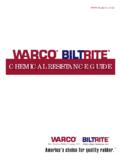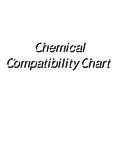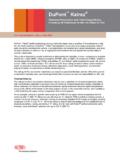Transcription of CYANIDE ANTIDOTE PACKAGE For the Treatment …
1 Prepeared By: Zylex Pharmaceuticals Compliance and Regulatory Division The use of the above Treatment information is designed to assist governmental agencies in ascertaining the regulatory relevance for specific industry regulations Any posting, distribution or reproduction must be done with the written consent of Zylex Pharmaceuticals, Inc. CYANIDE ANTIDOTE PACKAGE For the Treatment of CYANIDE Poisoning DESCRIPTION: Each CYANIDE ANTIDOTE PACKAGE contains: 2 Ampoules Sodium Nitrite Injection, USP, 300 mg in 10 mL of Water for Injection. 2 Vials of Sodium Thiosulfate Injection, USP, g in 50 mL of Water for Injection.
2 Boric acid and/or Sodium Hydroxide are added during manufacture to adjust the pH. 12 Ampoules Amyl Nitrite Inhalants, USP, 5 min ( mL). The PACKAGE also contains 1 sterile 10 mL plastic, disposable syringe with needle, 1 sterile 60 mL plastic disposable syringe, 1 sterile disposable 20-gauge needle, 1 stomach tube, 1 nonsterile 60 mL syringe, 1 tourniquet, and 1 set of instructions for the Treatment of CYANIDE poisoning. ACTIONS: Sodium Nitrite reacts with hemoglobin to form methemoglobin. The latter removes CYANIDE ions from various tissues and couples with them to become cyanmethemoglobin, which has relatively low toxicity.
3 The function of Sodium Thiosulfate is to convert CYANIDE to thiocyanate, probably by an enzyme known as rhodanese. The combined mechanism may thus be expressed in a chemical manner: NaNO2 + Hemoglobin = Methemoglobin HCN + Methemoglobin = Cyanmethemoglobin Na2S2O3 + HCN + O =HSCN The combination of Sodium Nitrite and Sodium Thiosulfate is the best therapy against CYANIDE and hydrocyanic acid poisoning. The 2 substances intravenously injected, one after the other (nitrite followed by the thiosulfate) are capable of detoxifying approximately 20 lethal doses of sodium CYANIDE in dogs and are effective even after respiration has stopped.
4 As long as the heart is still beating, the chances of recovery by utilizing this method are very good. There is not only a summation but also a definite potentiation of action when the nitrite and the thiosulfate are administered together. INDICATION: Indicated for the Treatment of CYANIDE poisoning. WARNING: Both Sodium Nitrite and Amyl Nitrite in excessive doses induce dangerous methemoglobinemia and can cause death. The amounts found in a single CYANIDE ANTIDOTE PACKAGE are not excessive for an adult. The doses for children should be calculated on a surface area or on a weight basis with the dosage adjusted so that excessive methemoglobin is not formed.
5 If signs of excessive methemoglobinemia develop ( , blue skin and mucous membrances, vomiting, shock, and coma), 1% methylene blue solution should be given intravenously. A total dose of 1 to 2 mg/kg of body weight should be administered over a period of 5 to 10 minutes and should be repeated in 1 hour if necessary. In addition, oxygen inhalation and transfusion of whole fresh blood should be considered. DOSAGE AND ADMINISTRATION: Personnel should acquire some skill in the proper method of administering the contents of this PACKAGE prior to an emergency. CYANIDE poisoning is rapidly fatal.
6 The patient seldom survives many hours. The prevention of death demands a quick diagnosis and the prompt use of specific antidotes. No valuable time should be lost. Even though the diagnosis is doubtful, the therapy recommended should be instituted immediately. For best results, the physician should be acquainted beforehand with the following steps: 1. Instruct an assistant how to break an ampoule of Amyl Nitrite, one at a time, in a handkerchief and hold it in front of the patient s mouth for 15 seconds - followed by a rest for 15 seconds. Then reapply until Sodium Nitrite can be administered.
7 This interrupted schedule is important because continuous use of Amyl Nitrite may prevent adequate oxygenation. 2. Discontinue administration of Amyl Nitrite and inject intravenously 300 mg (10 mL of a 3% solution) of Sodium Nitrite at the rate of to 5 mL/minute. The recommended dose of Sodium Nitrite for children is 6 to 8 mL/square meter (approximately mL/kg of body weight) but is not to exceed 10 mL. 3. Immediately thereafter, inject g (50 mL of a 25% solution) of Sodium Thiosulfate for adults. The dosage for children is 7 g/square meter of body surface area, but dosage should not exceed g.
8 The same needle and vein may be used. 4. If the poison was taken by mouth, gastric lavage should be performed as soon as possible, but this should not delay the treatments outlined above. Lavage may be done concurrently by a third person - a physician or a nurse, if one is available. One should take quick action without waiting for positive diagnostic tests. The patient should be watched closely for at least 24 to 48 hours. If signs of poisoning reappear, injection of both Sodium Nitrite and Sodium Thiosulfate should be repeated, but each in one-half of the original dose.
9 Even if the patient seems perfectly well, the medication may be given for prophylactic purposes 2 hours after the first injections. If respiration has ceased but the pulse is palpable, artificial respiration should be applied at once. The purpose is not to revive, per se, but to keep the heart beating. The gauze sponge or handkerchief containing the Amyl Nitrite should be laid over the patient s nose, for it may hasten the resumption of respiratory movements. When signs of breathing appear, injection of the above solutions should be made promptly. SOURCE OF CYANIDE POISONING: Certain plants produce free hydrocyanic acid or cyanogenetic glycosides which may become a source of poisoning to human beings or animals.
10 It is said that the formation of hydrocyanic acid in these plants is due to their inability to convert all the available amino acids into proteins. Thus, it is a side reaction in protein metabolism. Bitter almonds, cherry, plum, peach, apricot, apple and pear seeds, cassava, and certain bamboo sprouts are all capable of inducing symptoms of CYANIDE poisoning in human subjects when taken in sufficient quantities. Chokecherry, arrow grass, Sudan grass, and sorghum, owing to their hydrocyanic acid content, have been responsible for death of livestock. Poisoning by chokecherry seeds in man has also been reported.

